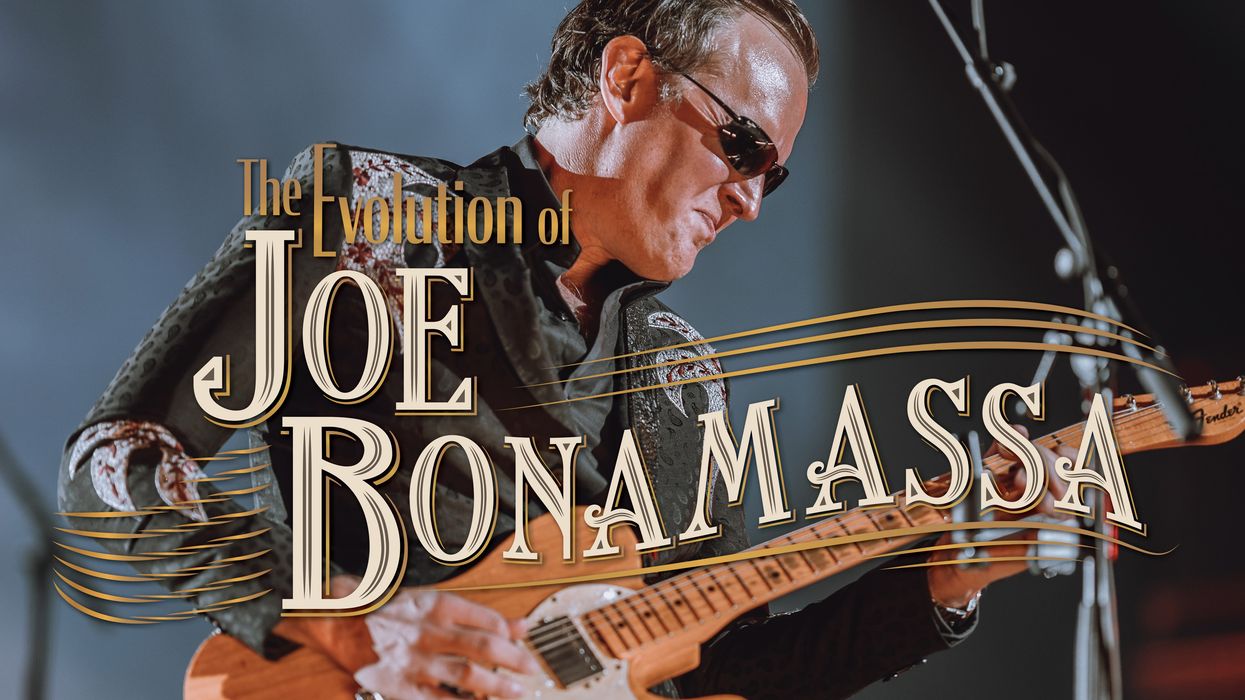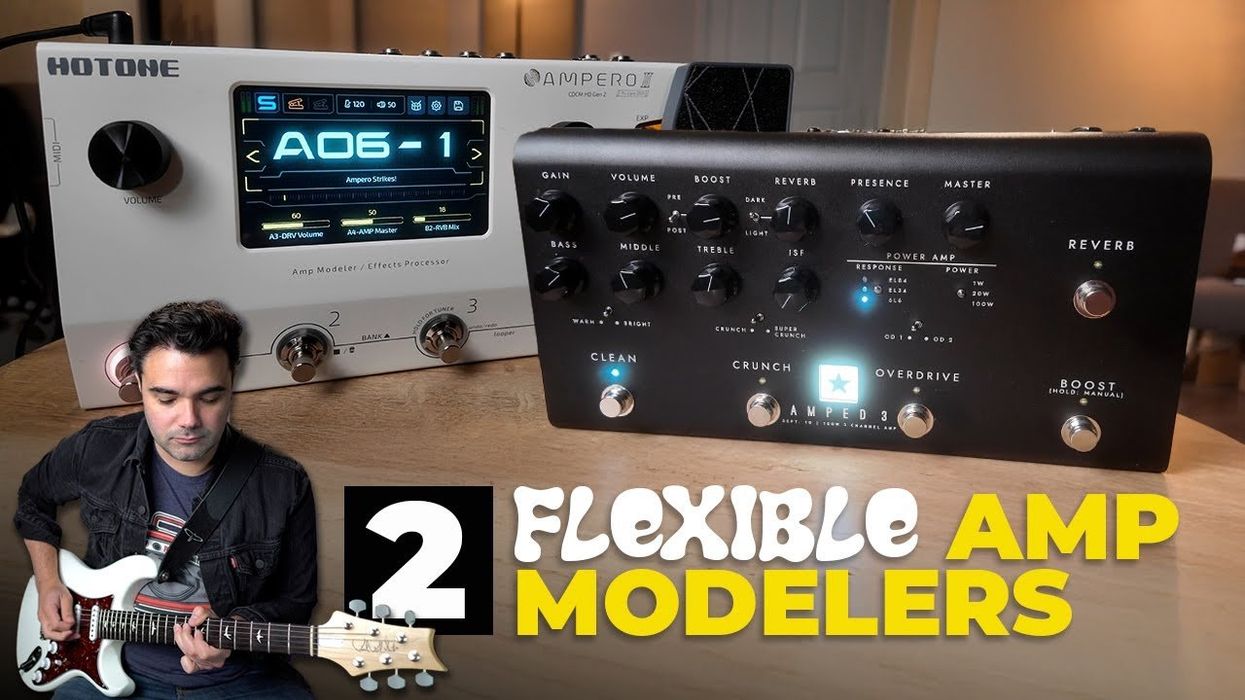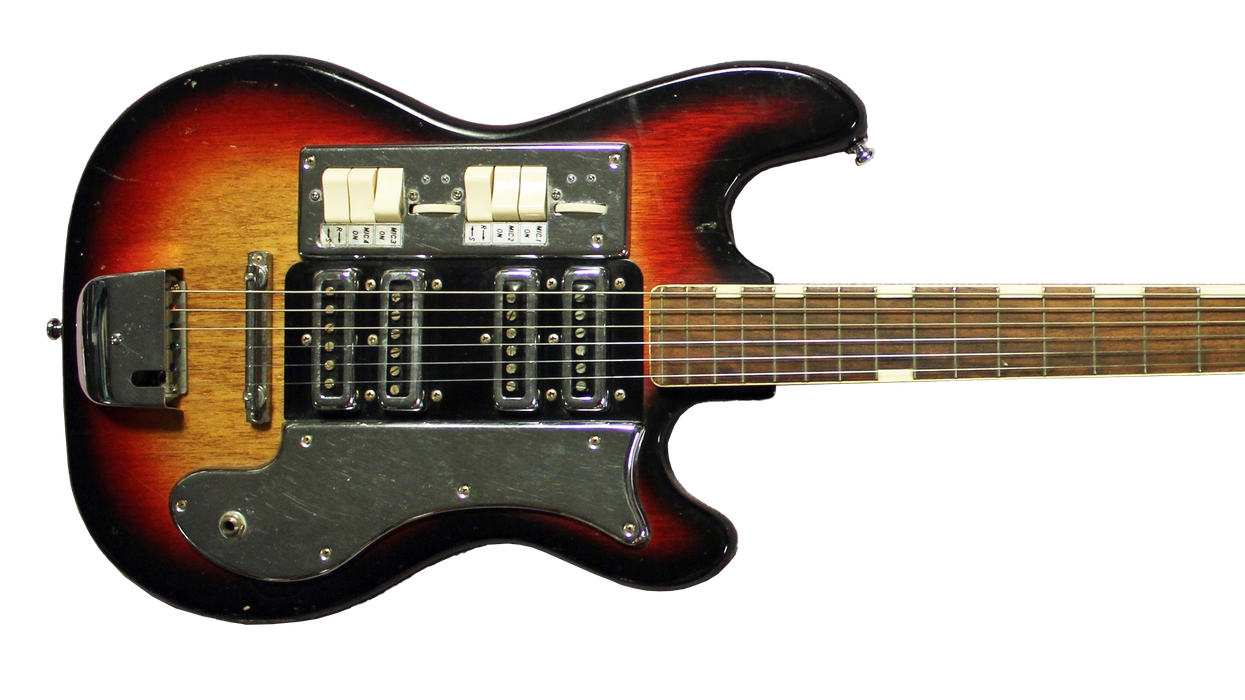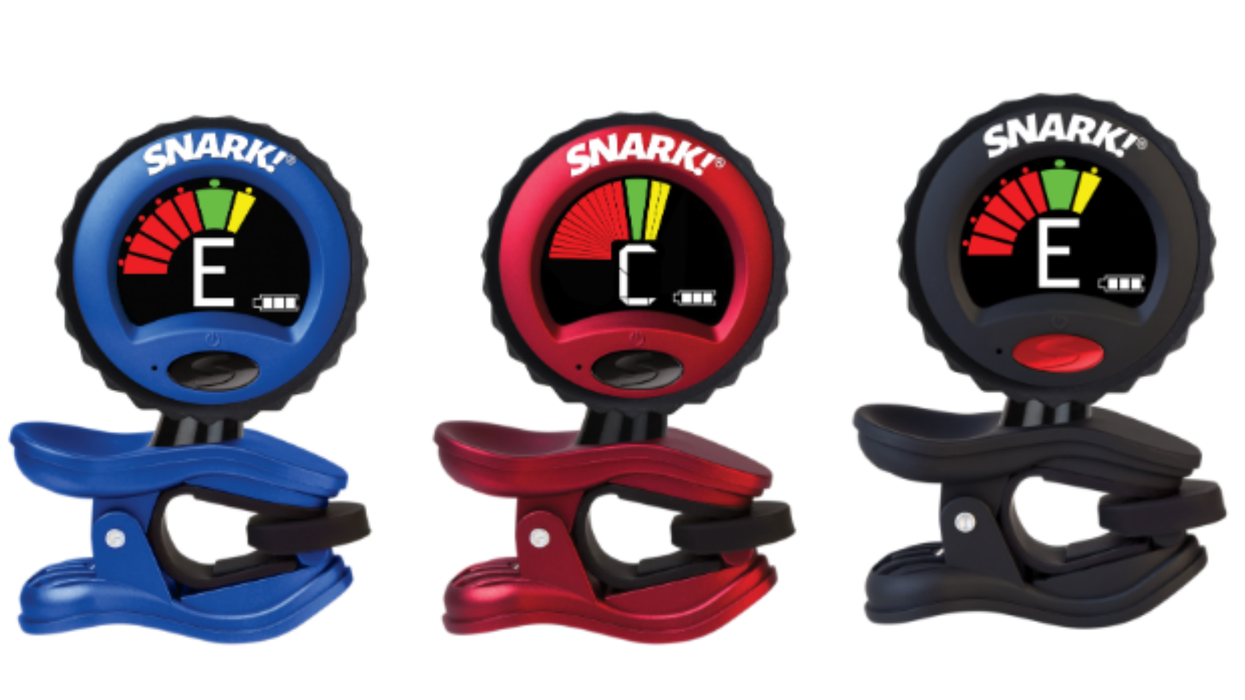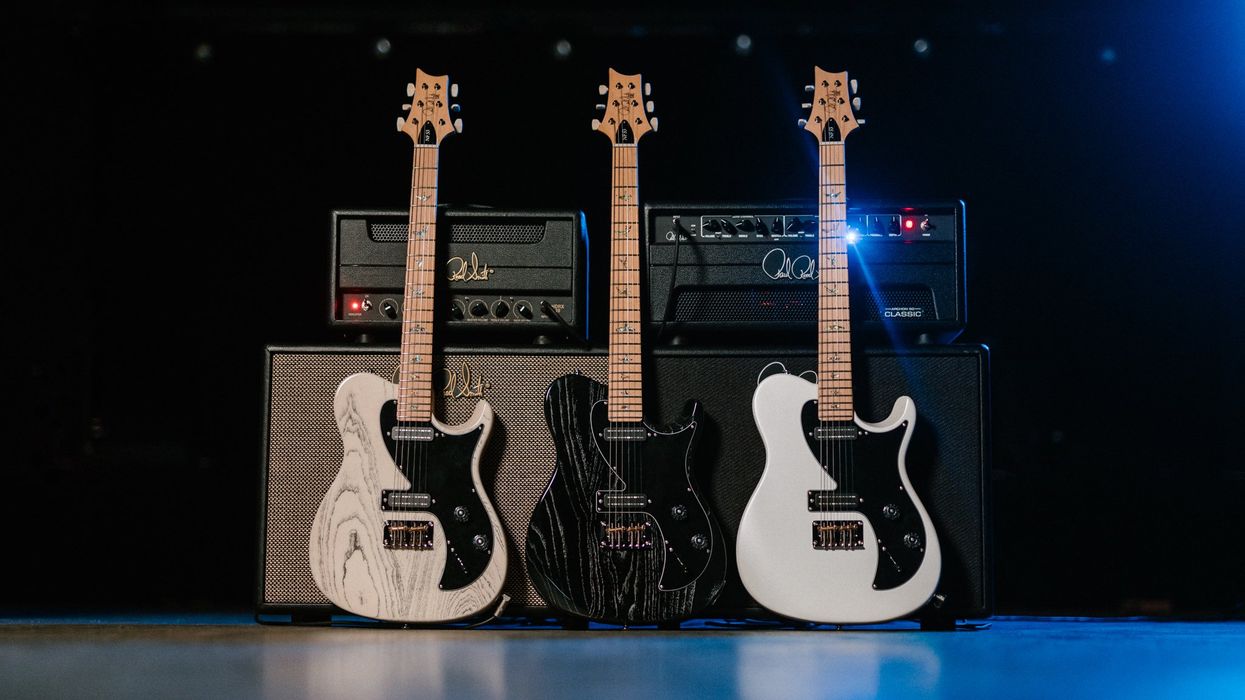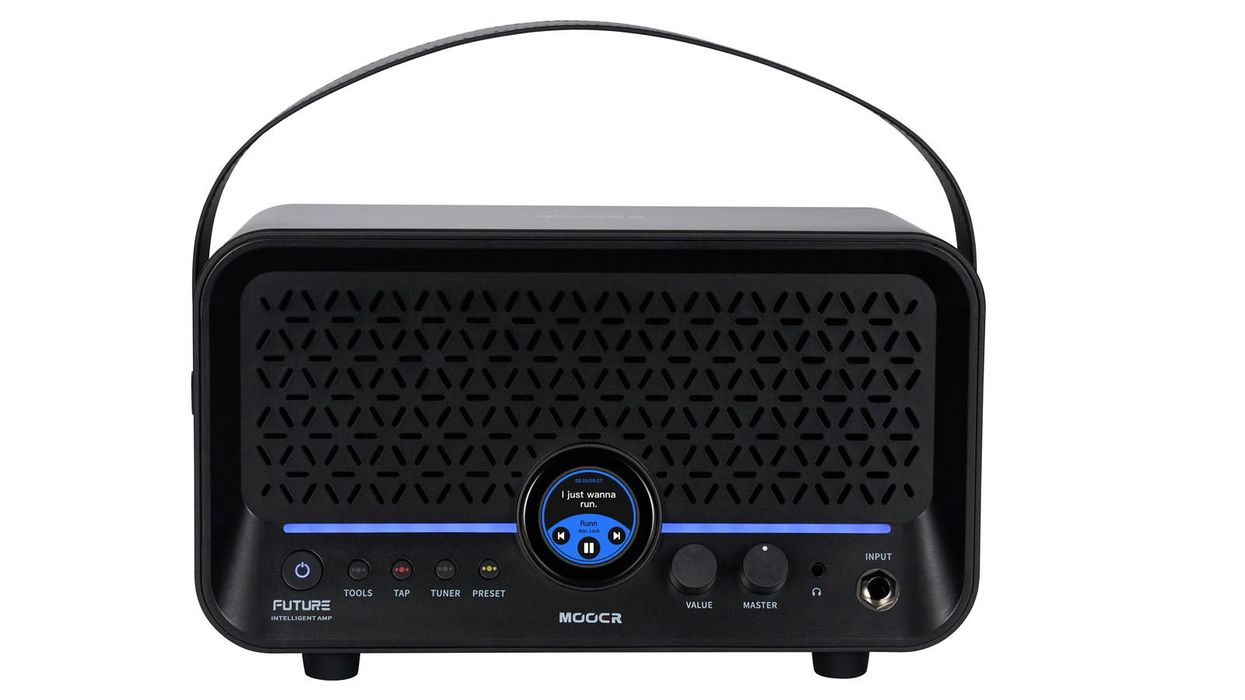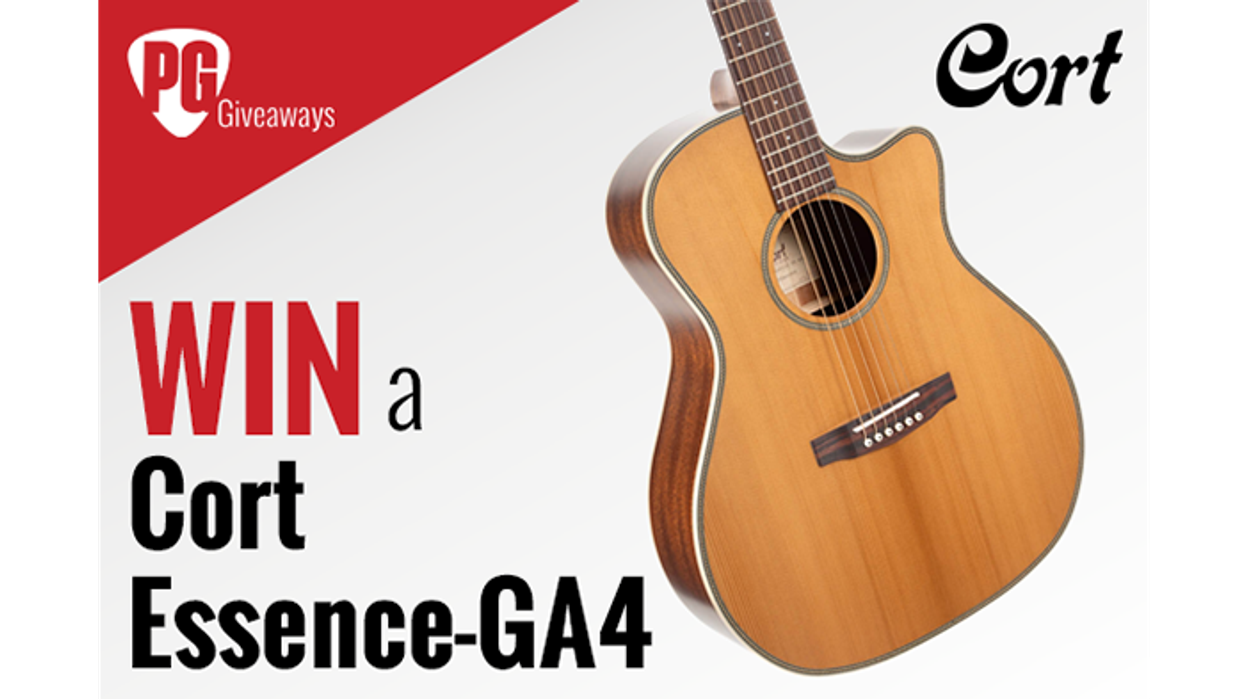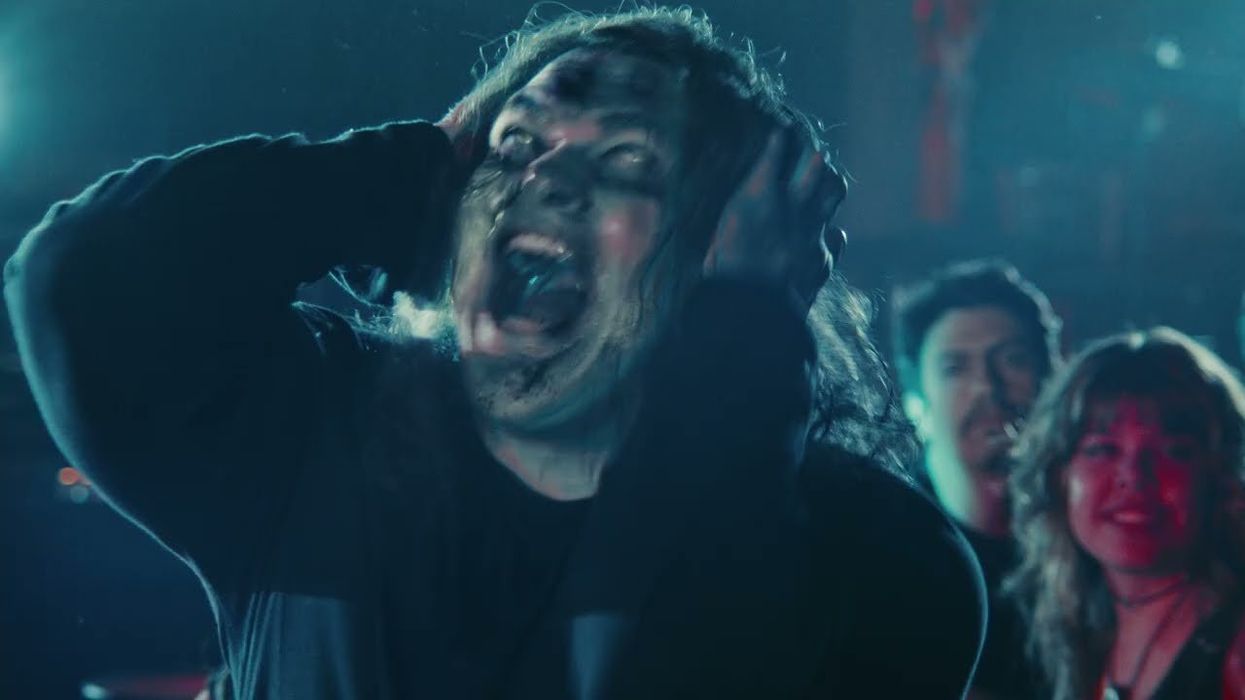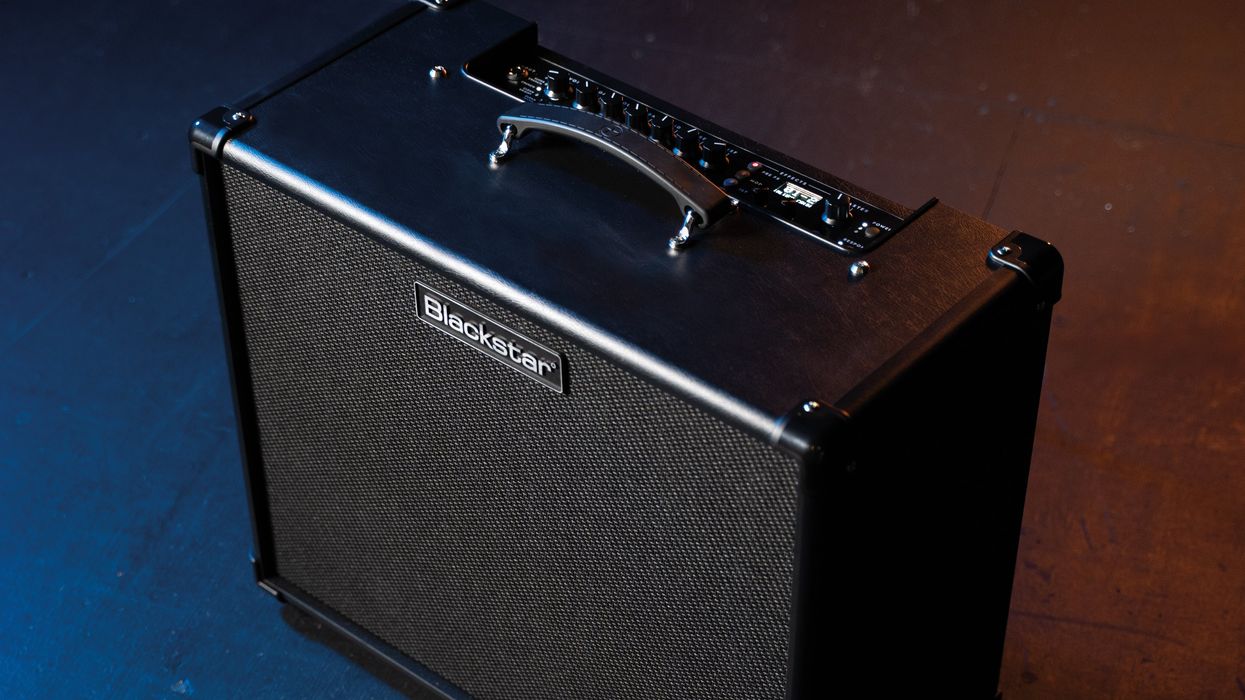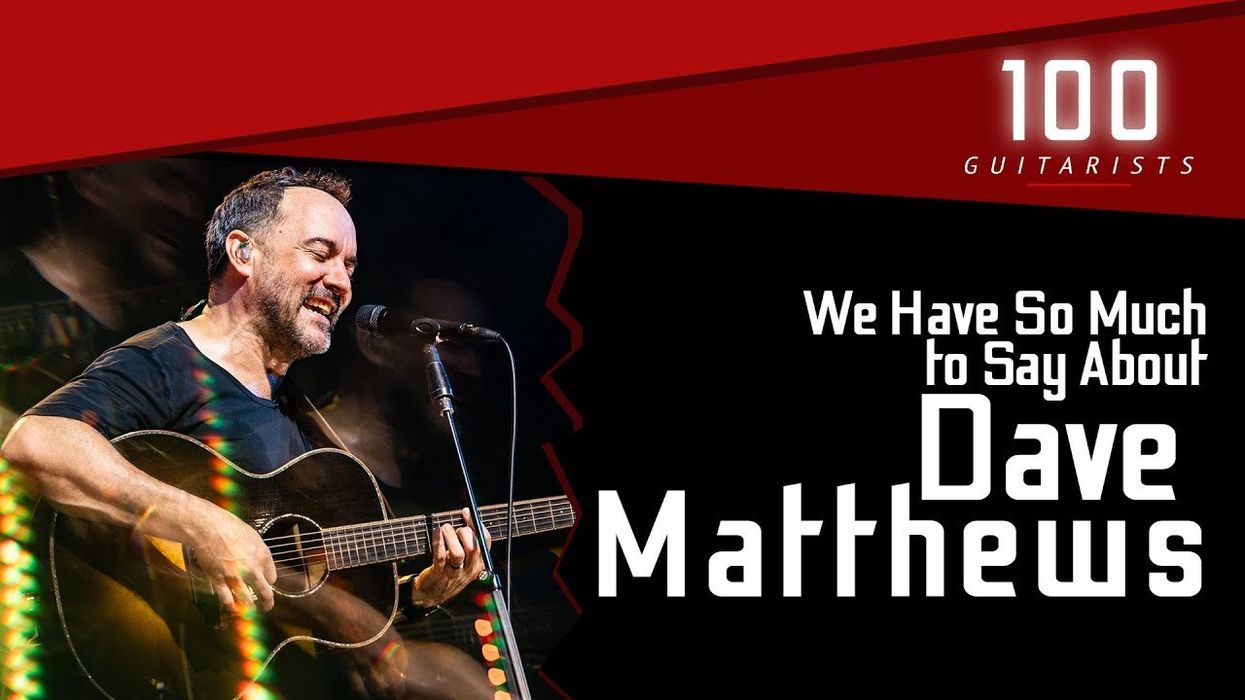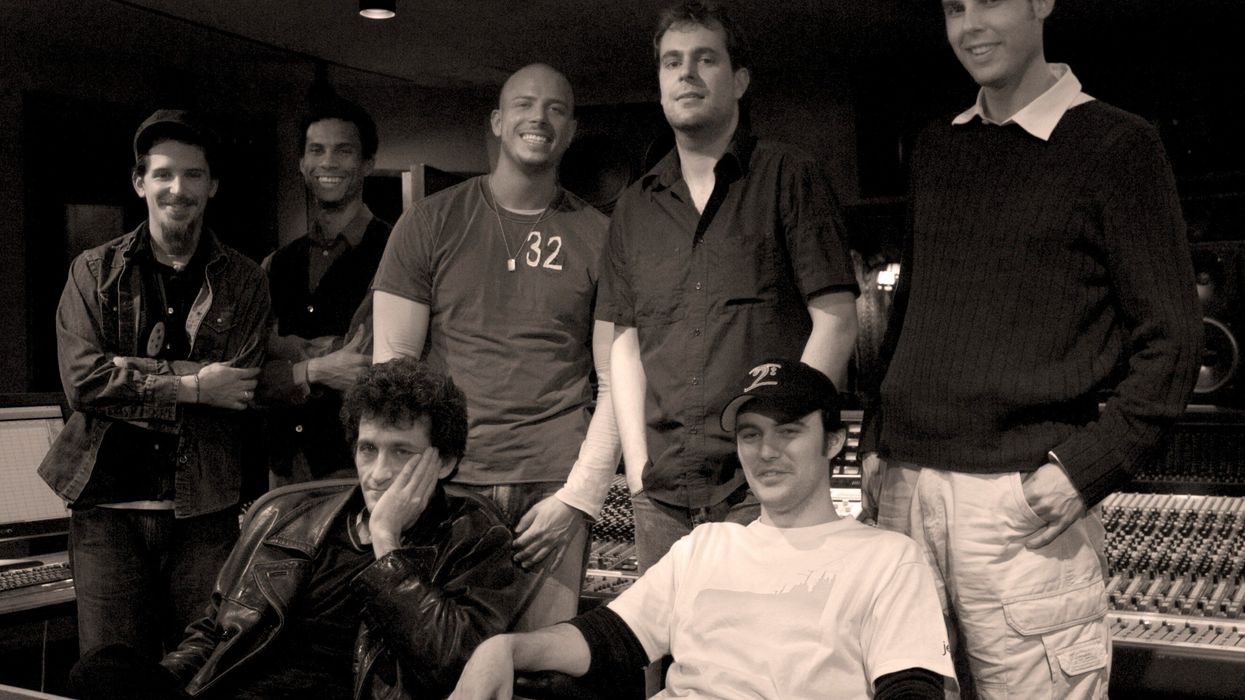 | Collage for an Eastwoodfrom My Rare GuitarsMy Rare Guitars is looking for vintage photos of you playing guitar. They''ve compiled a collage of these photos, and are accepting entries through July 1, at which time they will randomly draw a winner for an Eastwood guitar. |
 | Five Chesapeake Bay Guitarsfrom Chesapeake Bay Foundation BlogThe Chesapeake Bay Foundation has commissioned five acoustic guitars featuring nature inlays. Each guitar has complex inlay and exotic wood, and their blog is updated regularly with photos of the guitars in progress. The guitars will be for sale at a festival in May. |
 | Def Leppard Turns to Guitar Hero Firstfrom UndercoverHD.comJust after Motley Crüe released a single on Rock Band, Def Leppard has announced the release of a single on Guitar Hero. While there isn''t yet any data on how well Motley Crüe''s single did, it will be interesting to see if these efforts were successful in reaching an audience the aging bands may not have otherwise reached. |
Search
Latest Stories
Start your day right!
Get latest updates and insights delivered to your inbox.
Premier Guitar features affiliate links to help support our content. We may earn a commission on any affiliated purchases.
The Latest
More for you
Most Popular
Don’t Miss Out
Get the latest updates and insights delivered to your inbox.
Load More
